As I near the end of my junior residency, I think back on the daily struggle to find patients a primary service. One of the first “rules” I learned from my seniors was, “never allow discharge, but do not admit to our service.” I am sure that some variation of this is practiced in teaching hospitals across the country. The debate that ensues between services is often based on an assessment (and sometimes assumption) of what medical issue will be the most important for the patient during that hospitalization.
Navigating a patient’s disposition is an inherent part of residency and medicine. As modern hospitals were structured, a need was born to assess the acuity and level of care necessary for each patient. Especially in surgery, this was idealized and romanticized by the early greats of the field, including Drs. William Halstead, William Osler, William Welch and Howard Kelly. The resident came to be a training physician who literally resided in the hospital to tend to the needs of the patient at any time. A system developed where one doctor would quarterback the care of the patient and input services of consultants as needed. This facilitated intimate knowledge of each patient and complete ownership. In many hospitals today, the primary doctor is a disappearing role, as patients get shuffled between services. The culture seems to have shifted from pride in being able to manage a patient from admission to discharge, to the pride of off-loading the patient to another service.
So we must ask ourselves, “Why have things changed?” The argument can be made that, with the hyper-specialization in medicine and expansion of knowledge and technology within each field, no one doctor can offer up-to-date, comprehensive care in order to be primarily responsible. Thus, if there is a specific problem that arises, then the specialist that deals with that problem gets involved so as to provide optimal care for the patient. Slight derangement of any organ system prompts at least a referral to the appropriate specialty, if not an altogether request for transfer. There is a camp in medicine (call them conservatives or traditionalists, if you will) who view this as a change driven by the fear of either causing the patient harm by practicing outside of the clinicians comfort zone, legal implications or both. The other camp (modernists) views this as an opportunity to provide holistic, multi-disciplinary care. The reality probably lies in the middle, as recruiting other clinicians palliates fears and provides improved patient care.
The multidisciplinary approach is likely here to stay; however, we must remember that no one problem within the body is isolated as neatly as the divisions we have drawn within specialties and subspecialities. If we are to continue to enforce this approach, we must be cognizant that division of ownership of the patient does not mean division of the burden of responsibility. In a multi-disciplinary setting every consultant focuses on their piece of the puzzle, but it seems easy to become complacent to the whole. With each moving piece of a patient’s hospitalization, there are opportunities for error. Many quality assurance projects uncover things that have “fallen through the cracks” in transfers from the emergency department to the floor, intensive care unit to the floor, operating room to ICU, etc. Furthermore, as there is strength in numbers, the gravity of a poor outcome is washed out by assigning blame to another service and diminishes the learning opportunity presented.
I am not necessarily a proponent of removing the multi-disciplinary approach to patient care, as I think it has improved outcomes. However, I hope that, as we train new generations of medical students and residents, we find a way to reinvigorate patient ownership. I believe the most effective way of doing this is to make sure neurosurgeons know the basics in management of common derangements in patient health. Knowledge regarding non-neurosurgical conditions, I have observed, is often stronger in generations of neurosurgeon who went through a general surgery intern year of training prior to neurosurgery. However, the general surgery experience for residents is reduced, due to the tendency for modern rotations of other services to involve a great deal of “scut work” and less opportunity for education when compared to prior generations. Additionally, with the expansion of the subspecialties in neurosurgery and the 80-hour work week, the neurosurgery residency training requirements are already carefully designed to provide enough training time to adequately expose residents to the diversity of neurosurgical procedures and there is likely not time for additional general medical/surgical training. A potential solution is to expand on the training and education that residents get in courses, such as Intern Boot Camp. Expand yearly courses to each level of residency, include updates in the field and review basic medical management with guest lecturers from different specialties. Alternatively, neurosurgery training programs can further emphasize basic medical training during neurological intensive care rotations. In the end, a system where neurosurgery residents are more comfortable with medical management of patients will foster ownership and facilitate more effective multi-disciplinary care.
Redi Rahmani
PGY-3
University of Rochester
